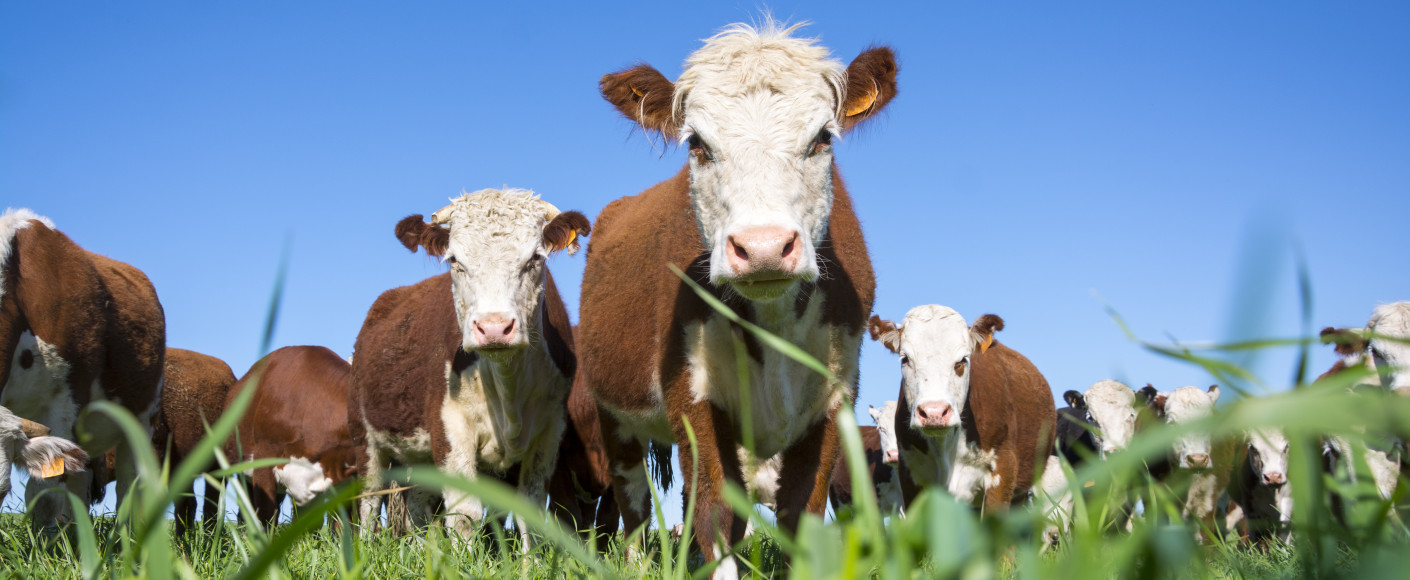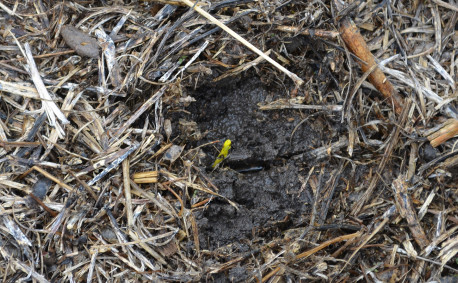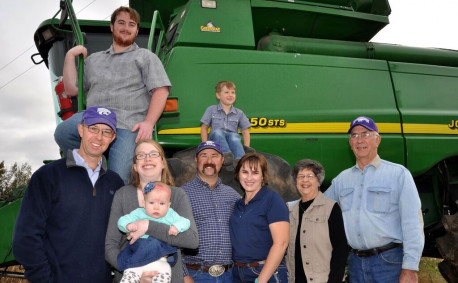Four Surprising Facts About Beef Sustainability
Sustainable farming is a major buzzword right now, with good reason! The future of our planet is important. Farmers and ranchers take every measure to protect their land while producing food to feed the world. Incorporating environmentally friendly practices on their land just makes sense — it’s their livelihood!
A lot of people wonder what the environmental impact of beef production is. Is the beef industry sustainable? Here are four facts that may surprise you.
- Agriculture as a whole accounts for only nine percent of greenhouse gas emissions in the United States. To put that into perspective, transportation and electricity account for 29 and 28 percent respectively.
- Within the agriculture sector, livestock like cattle account for less than one-third of those gases due to their digestion process. (Their burps produce methane.) That number includes beef and dairy cattle, plus hogs and other animals.
- Cattle make good use of farmland that couldn’t support the food system otherwise. That’s because:
- They can eat foods we can’t, thanks to their four-chambered stomachs, which can break down plants that are inedible for humans.
- Over half the land used to feed cattle isn’t suitable for growing edible food for humans.
- The waste they deposit (we’re talking about poop) can fertilize pastures and decrease soil erosion, helping to improve overall soil health.
- Ranching is becoming more efficient. Today, farmers and ranchers are able to produce the same amount of beef they did in 1977 using just two-thirds the cattle. Globally, producers in the United States contribute 18 percent of beef in the world using only eight percent of the cattle.
Farmers and ranchers continuously strive to lessen their environmental impact. A study tracking the impact of beef production from 2005 to 2011 found:
- Emissions to water decreased 10 percent
- Emissions to soil decreased seven percent
- Water use decreased three percent
- Energy use decreased two percent
Farmers achieve results like this by incorporating sustainable practices on their farms, like using manure to fertilize soil and growing cover crops for cattle to graze on.
Considering that cattle help us produce much more than food — leather, tires, cosmetics, medicine, asphalt, paint, plastic, insulation, soap, piano keys, bone china, chewing gum, lipstick, vitamin capsules (to name a few products) — their contribution to our everyday lives extends far beyond a delicious meal.
Some people call this entire process upcycling. Rain, sun and soil produce plants that humans can’t eat. Cattle can digest those plants and turn them into protein- and nutrient-rich food, as well as many other products we rely on. They’re a great example of reduce, reuse, recycle.





